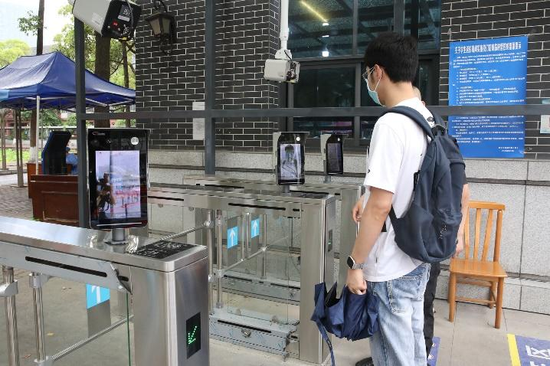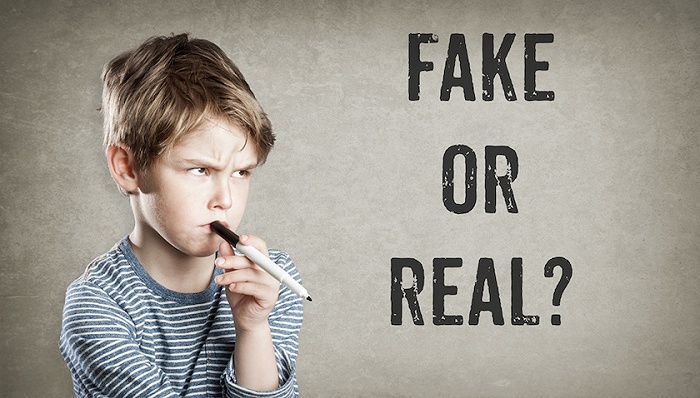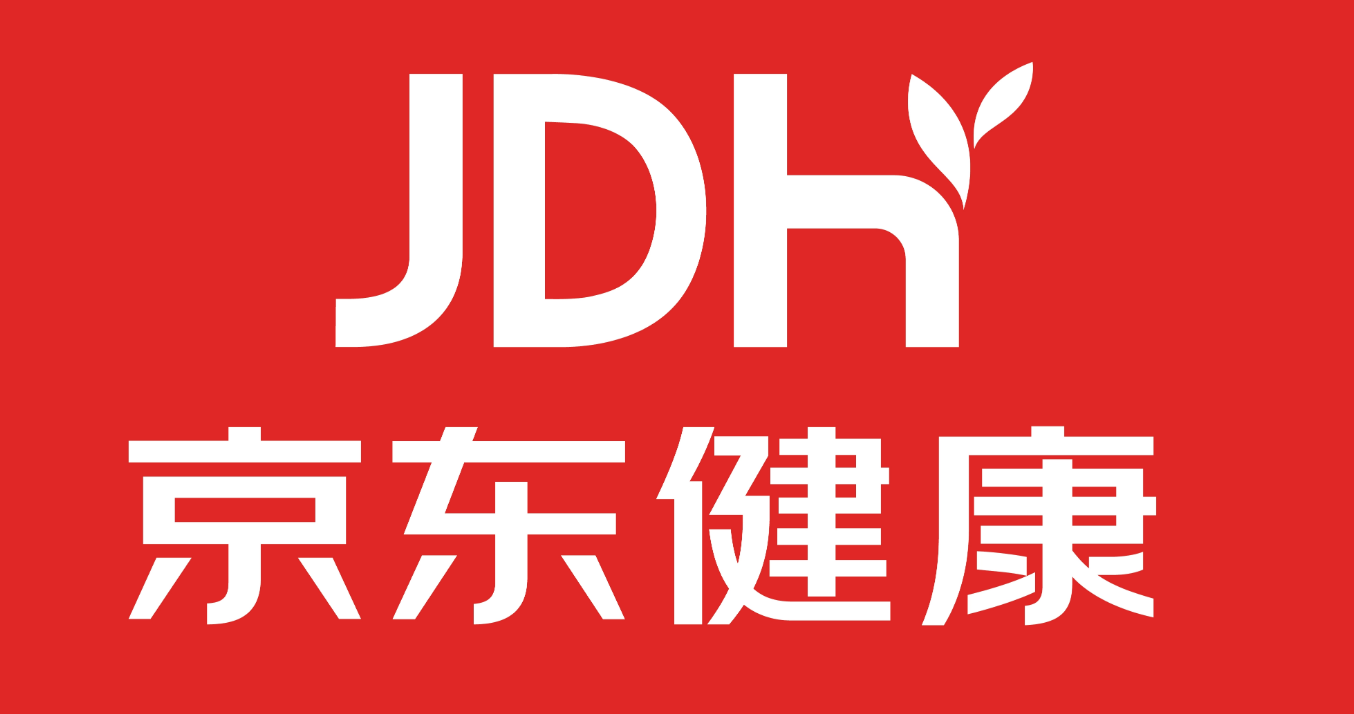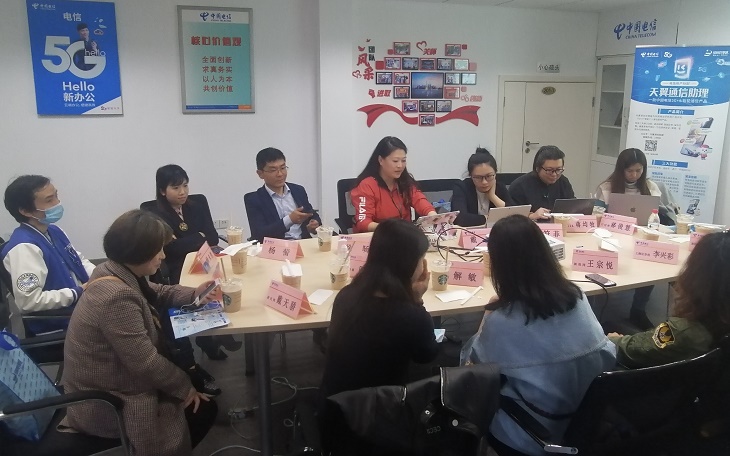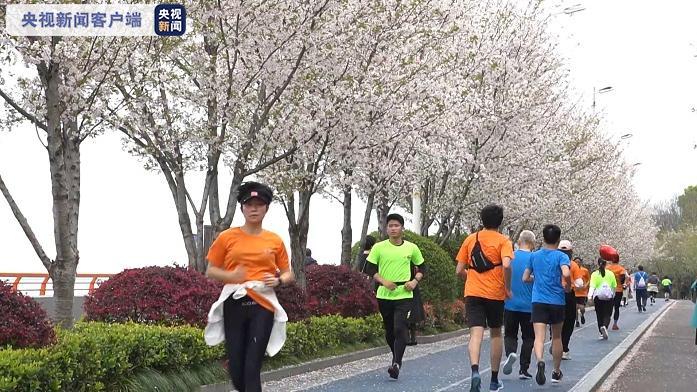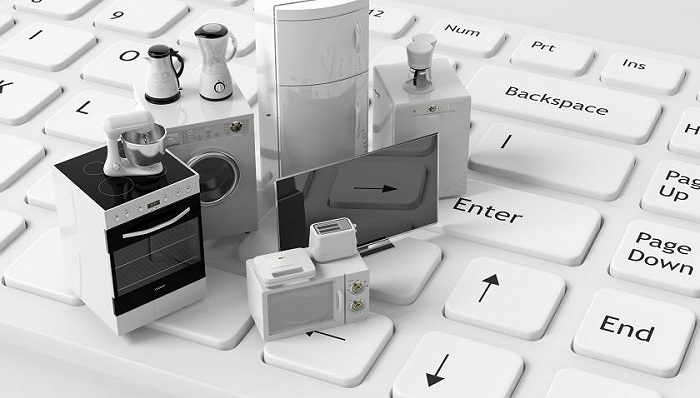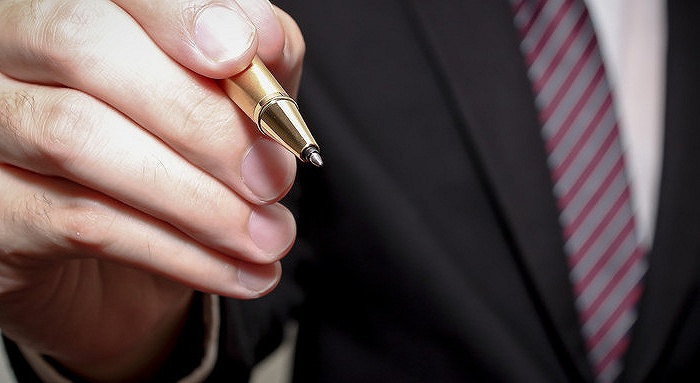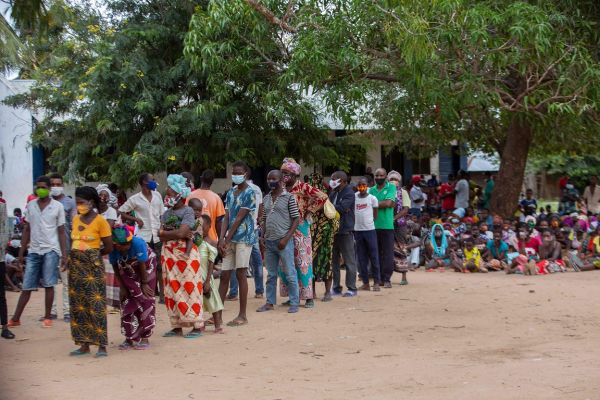原标题:一位中国留学生看新冠疫情中的种族主义
原创 ChineseInNY 纽约时间
本文经作者授权发布,转载须征求许可,规范署名(公号名/ID/作者),违者必究
编辑:SUN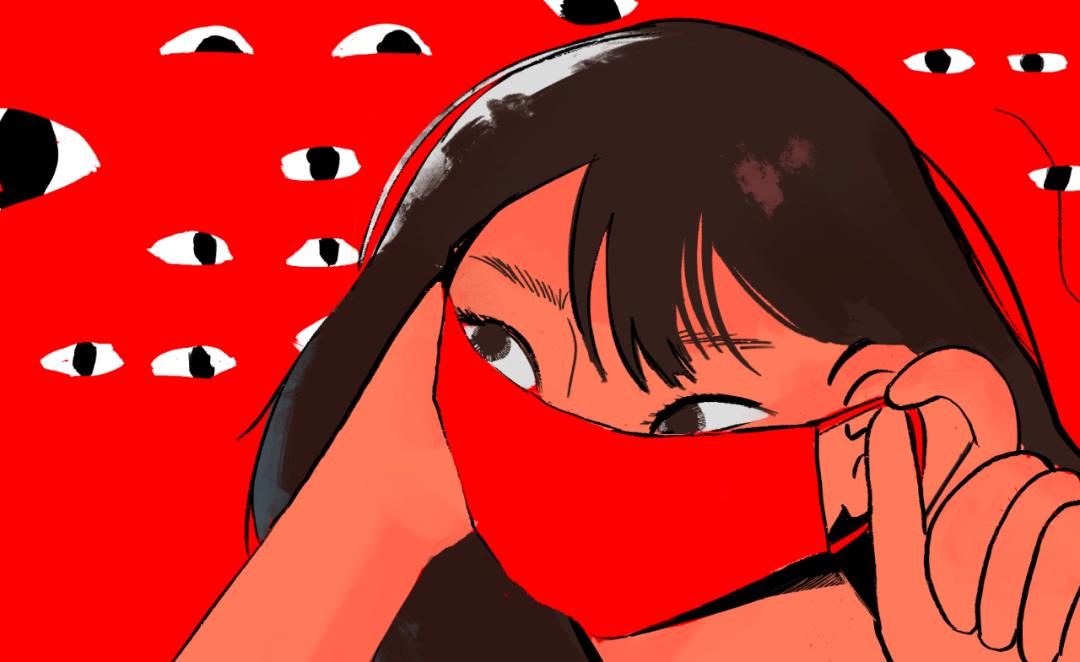 illustrated by Joanne Han
illustrated by Joanne Han文:布朗大学一年级学生 高兴
对于大多数美国人来说,三月标志着新冠疫情正式开始。而对我,一个在美国留学的中国留学生来说,混乱始于一月初,当时COVID-19的新闻只是在网络上众多热点问题中的一个笑料。除了中国,世界其他地区的生活一如既往,波澜不惊。大多数中国留学生努力压抑自己的忧虑,像往常一样继续生活。我们闭上嘴,低下头,静静地囤积着我们并不敢在公共场合佩戴的口罩,紧紧蜷缩着自己的身体,仿佛只有这样,我们所有的担忧才不会像没守住的家耻那样肆意流淌。
关于仇恨犯罪的报道和监控录像像顽固的残像一样刻印在我的脑海中。
亚裔学生在学校因咳嗽被欺负,一名中国妇女因戴着口罩在纽约地铁中被围追殴打,加州弗雷斯诺市一个亚裔家庭的汽车被涂鸦,上面写着“XX亚洲人和冠状病毒”。清单还在不断加长。
但是,这些报道——关于那些指着亚裔并大喊“冠状病毒”的高中霸凌者、用雨伞不停殴打亚裔妇女的男人们、那些需要在照片中加以处理的厥词和诅咒——仅仅是故事的一部分。相机只捕捉到袭击发生的瞬间,然后就慢慢移开了。但是,之后会发生什么呢?那些不适合这种简单叙述的行为又将如何传达呢?
这些早期新冠疫情的感觉与我在美国的总体经历十分相似。在我的新英格兰地区小型预科学校中,中国学生与社区其他成员之间保持着礼貌的距离。部分因为这种距离感,我在高中的四年中没有经历过明显的种族主义行为。但是,没有因为种族歧视被送进医院急诊是一个很低的门槛。种族主义的表现形式多种多样。被人诽谤或者在街上被人推搡是比较直白的形式,但更多的形式则十分隐蔽,没有那么容易被发现。其中包含着潜藏着强烈的不安情绪,就像是反复回到了敏感的中学时期,在脑海里一遍一遍反刍着每个字眼和社交暗示:他们是在说我的闲话吗?这只是个玩笑,还是我反应过度了?只有当那些恶语清楚地嚷出来,抑或拳头实实在在地砸到什么之前,任何行为都可能只是一个我没能听懂的玩笑。
2020年2月,一名24岁的英籍泰裔男子Pawat Silawattakun被叫做“冠状病毒”、被录像、被嘲讽、并被抢走了耳机,他在事后表示:“我那时感觉这不像是抢劫,而是霸凌,就像是在跟我闹着玩。” 直到他开始试图追赶攻击者,并被打至血流遍地时,他才明白这是一起暴力仇恨犯罪。
但是,在我们看到人行道上的血迹之前,我们会认为不必过分思考那些无伤大雅的嘲笑和看似漫不经心的玩笑话,没必要对此大惊小怪。那些没有直接表达出来的排挤行为,比如被排除在对话之外或被直接忽视,都可能是出于非种族的原因。包括那些笑话,像是“你怎么可能不是(填入任何另一个亚洲人的名字)?你们俩长得简直一模一样”,也可以来自善意的无知。我的思想一直在”一切都与种族有关“与”什么都与种族无关“的状态之间来回摇摆。一方面,每当我走进公共场所时,我的脑海里总会反复闪现仇恨犯罪、关于回避和微歧视的记忆。但另一方面,我又不情愿粉碎我在看待周围环境中用于自我安慰的滤镜,因为欺骗自己显然要比承认沉重的种族主义容易得多。在这两种思维方式之间的拉扯中,一种新的生物诞生了:这是一种极度敏感、不断自我怀疑的生物。它会对最细微的响动过度反应,然后否认自己的直觉,并谴责自己才是问题的根源。在大环境下,黑白之前的争执已经主导了关于种族问题的讨论,造成了一种假象,即亚裔现在没有、将来也不会受到种族主义侵害。
这就是Cathy Park Hong在其论文集《次要感觉(Minor Feelings)》中所强调的种族主义的一种特性。 “亚洲人已经得到足够优待的谎言是如此阴险,以至于就在我写这篇文章的时候,我仍然怀疑我是不是在无病呻吟。但是种族创伤并不是一项竞技体育。”问题在于,“大多数美国白人只能将种族创伤理解为某种奇观,” 她写道, “像是白人高中生穿着二战时期同盟国的国旗斗篷在走廊上游行,到处涂鸦纳粹的万字徽章。更难以言说的不是事件本身,而是预期所带来的压力。”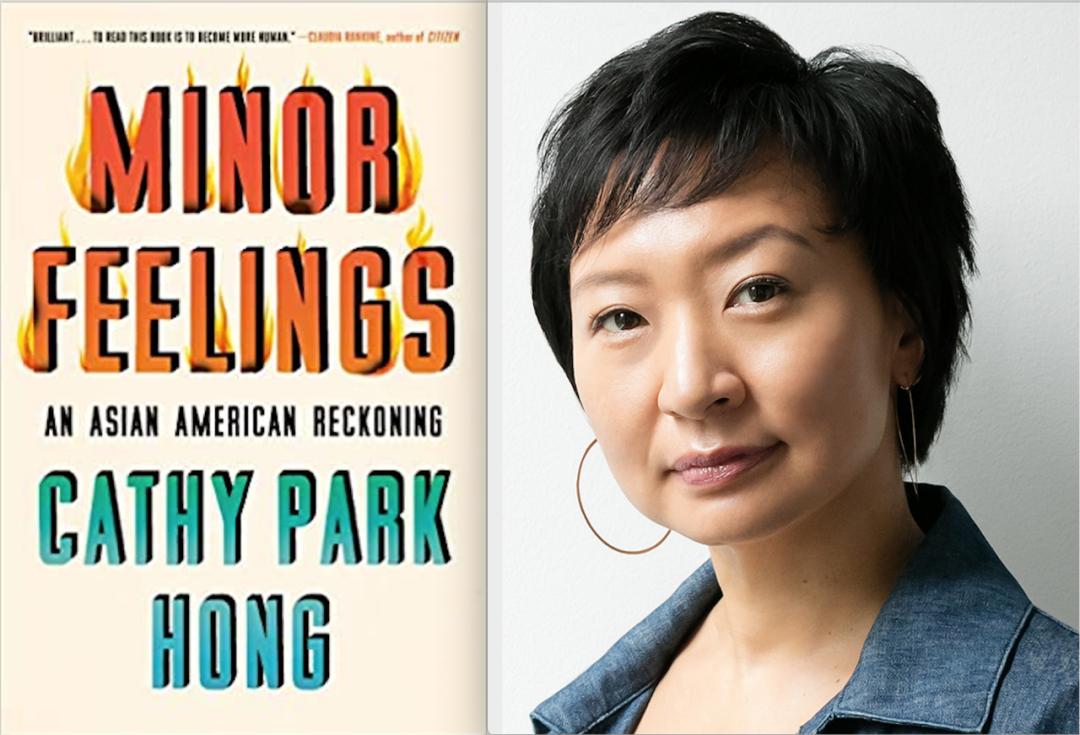 Cathy Park Hong的论文集《次要感觉》
Cathy Park Hong的论文集《次要感觉》就我自身而言,预期的压力的体现为过度的防御心理。在新冠疫情开始前一年,我参加了一次高中艺术作品集展示活动,在活动中学生有机会与艺术学校代表交流并介绍自己的作品。那时正是我对于艺术的自信达到顶峰的阶段,我迫切地希望把自己塑造成一位讨人喜欢的候选人。我甚至花了心思去赞扬一名代表借给我用以填写个人信息的紫色签字笔。
就在我开始感觉自己是一个又酷又古怪的艺术系学生时,我被那位代表的第一个问题击倒了:我的成绩好吗?这是一个完全合理的问题,但在它立刻在我的脑海中敲响了警钟,就像是Hong所写的“恐惧和羞耻感,一种紧绷的本能警觉性”。我立即意识到自己所带的眼镜,没打理过的黑色直发,以及我的成绩单上各种“乔伊斯是一位勤奋的学生,但她在课堂上却非常安静”的评论。当时我没有意识到这一切的根源和种族有关,但是回想起来简直不能再清楚了:我以为她是在试图弄清楚我是否只是又一个不会搞艺术的亚裔书呆子。
我的大脑急速消化了这些被扭曲的想法,于是我听到自己用一种消极的攻击性语气回答:“是的,挺可悲的”。
她顿了一下,然后把头微微侧到了一边,继续发问:“为什么说“可悲”?” 她看上去着实困惑。“你肯定为了你的成绩很努力啊。”
她不解的目光让我一下说不出话。我不知道我该说些什么。我不知道为什么自己会因为成绩优异感到羞愧,或者为什么在别人尚未表现出任何攻击的迹象之前,我就先竖起了藩篱。我的作品集展示自然是一败涂地。我在介绍剩余的作品集时神不守舍,同时还要努力憋回因为愤怒和尴尬而随时可能留下的眼泪。因为羞愧,我甚至无法抬起头来正视她的脸。当活动结束后,她握了我的手,并且为她所做的任何可能让我感到不安的事情道歉,然后她把那杆我声称很喜欢的紫色笔送给了我。
然后,她只好再次向我道歉,因为显然她送笔的举动让我愈发沮丧了。
在这件轶事反应我个人过度反思的倾向的同时,它也反映了种族主义的微妙之处。我的恐惧基于经验:我亲手将自己的身份送到别人面前,期望他们将其完全扭曲、无法辨别。
在我第一次拜访心理治疗师时,我试图告诉她,我发现要敞开心扉并对自己完全诚实是多么困难。但当这些信息传递过她的办公室时,它被部分(如果不是全部的话)归因于我成长环境中“安静,内向”的文化。我想家吗?是的,她说,那可能与你正在经历的文化冲击有关。正如你所知,亚洲国际学生很难适应美国文化。
我试图打断她的尝试,就像是我努力笔直地坐在她那过软的沙发上的尝试一样,尴尬并毫无用处。这是我自己的问题,而不是我的文化问题,我想对她冷静无波的面孔大叫,但她是一位受过专业训练的咨询师。说不定她早就看透了我的心理。我的决心动摇了,于是我的言语变得毫无分量且无处安放。我放弃了抗争,陷入了她的沙发。这时,真正的扭曲才开始发生:我不再能够分辨自己是被误解还是被看穿,我的身份变得毫无定型,犹豫不决,沉默地接受着她赋予我的任何定义。
当看到新冠疫情期间猖獗的仇外心理时,我想到的正是这种混杂了愤怒,羞耻和怀疑的情绪。我不仅为明显的罪行感到难过,更是痛心与那些日益加剧的对彼此和对自身的不信任,进而助长了这些自残般的心理游戏。任何看过最近84岁的泰裔美国人Vicha Ratanapakdee的录像的人,在看到他的身体被砸倒人行道上时,都会感到自己的心脏受到了重击。然而,一直在我脑海里挥之不去的,是他如何将赢弱的手臂抬在胸前,在撞击发生前几秒钟进行了自卫。我之所以感到触动,是因为我对于这种举动实在太过熟悉了—— 这是一种抓着最后的希望,希望这只是一场恶作剧的动作,使这种姿态在自卫与无意义之间尴尬地徘徊。这种微弱的希望一直持续到最后一秒钟,直到对死亡的恐惧取代了对错误判断的恐惧。
我再说下去的话恐怕又要让自己张口结舌了。种族主义对个人思想的隐藏影响是隐晦但广泛的。在与新冠疫情作斗争的漫长的一年中,我请求您去关注不断激增的针对亚裔的仇恨犯罪案件,但与此同时,请超越事件本身,仔细观察那些犹豫的目光,被压抑的言语,悬在空中的手臂——这些瞬间同等重要。
本文英文版本发表在《Brown Daily Herald’s post- magazine 》链接:
http://post.browndailyherald.com/2021/03/11/a-hidden-front/
A Hidden Front
racism in the pandemic from an asian perspective
by Joyce Gao
For the majority of the U.S. population, March marks a year since the beginning of the pandemic. For me, a Chinese international student studying in the States, the chaos began in early January, when news of COVID-19 was still just an internet punchline next to more pressing issues, and the rest of the world went on with their lives as usual. Most Chinese international students tried to suppress our worries and carry on with life as usual. We shut our mouths, lowered our heads, quietly hoarded masks that we dared not wear in public, and curled tightly inside ourselves so none of our concerns would spill out like a shameful secret.
Narratives and surveillance camera footage of hate crimes stick to my senses like stubborn afterimages, imprinted in my mind. Asian-American students were bullied at school for a cough, a Chinese woman was chased and beaten in the New York subway for wearing a mask, the car of a southeast Fresno family was vandalized with graffiti that read “fuck Asians and Coronavirus.” The list goes on.
But these reports—of high school bullies who pointed and shouted “coronavirus,” men who repeatedly struck an Asian woman with an umbrella, bolded curse words that needed to be redacted in photos—are only part of the story. The camera captures the moment of action, then slowly pans away. What happens then? What about the acts that don’t fit such simple narratives?
These early-stage pandemic feelings resemble my overall experience in the States. In my small New England prep school, Chinese students and the rest of the community maintained a polite distance from each other. Partially as a result of this distance, I experienced no overt acts of racism throughout my four years in high school. But not ending up in the hospital is a low bar. Racism takes many forms. Slurs or being shoved in the streets are obvious, but there is far more that lies beneath the surface. There is the haunting uncertainty, like being trapped in my middle school insecurities again, ruminating over every word and social cue: Are they gossiping about me? Is that a vile joke, or am I just overreacting? Up until the slur drops unmistakably, or the punch smashes solid to the face, anything could be a joke that I am too slow to grasp.
In February 2020, after being called “coronavirus,” filmed, taunted, and having his headphones snatched away from him, Pawat Silawattakun, a 24-year-old Thai man in the United Kingdom said, “It didn’t feel like a robbery at that point, it felt like bullying, a bit of messing around.” It was only after he chased his attackers and ended up with his blood all over a traffic island from a heavy punch that he knew it was a violent hate crime.
But before we see blood on the pavement, we dismiss all the light nudges and halfhearted jokes as overthinking. Anything from being excluded from a conversation to direct shunning can be the result of non-racial reasons, and jokes such as “How are you not [insert any other Asian’s name]? You two literally look identical” can come from good-natured ignorance. My mind swings back and forth between a state where everything is about race and a state where nothing is. On the one hand, I replay videos of hate crimes, memories of shunning, and microaggressions in my head whenever I walk into a public space. But on the other hand, I feel reluctant to shatter the self-consoling filter that I too often place upon my surroundings, for it is so much easier to gaslight myself than to admit the heft of race. In the brawl between these two mindsets, a new kind of creature is born: a hyper-sensitive being that plucks at its own feathers in unrelenting self-doubt. It overreacts to the slightest movement, denies its own instinct, and condemns itself as the source of the problem. This denial is further exacerbated by the predominance of the black-white binary in discussions on race, creating a facade that Asians are not, and will not, be subject to racism.
This is a side of racism that Cathy Park Hong tries to highlight in her collection of essays, Minor Feelings. “The lie that Asians have it good is so insidious that even now as I write, I am overshadowed by doubt that I didn’t have it bad compared to others. But racial trauma is not a competitive sport.” The problem is that “most white Americans can only understand racial trauma as a spectacle,” she writes. “The white high school students parading down the hallways wearing Confederate flag capes and the graffitied swastikas. What’s harder to report is not the incident itself but the stress of its anticipation.”
In my case, the stress of anticipation manifests as excessive defensiveness. A year before the pandemic started, I attended a high school art portfolio review, an event where students talk to art school representatives and present their work. This was during the peak of my artistic confidence, and I was eager to present myself as a likeable candidate. I even made an effort to compliment the purple pen that a representative handed me to fill out my information.
I was just starting to feel like I was becoming a cool, quirky art student when I was struck by one of the first questions the representative asked me: Did I have good grades? It was a reasonable and completely innocuous question, but in my head it rang with the “thrum of fear and shame, a tight animal alertness” that Hong writes about. I became immediately conscious of my glasses, my unstyled black hair, and the various “Joyce is a diligent student, but she is very quiet in class” comments on my report card. At that time, I didn’t realize my self-consciousness was centered around race, but it cannot be clearer in hindsight: I thought she was trying to figure out if I was just another Asian nerd who couldn’t do art.
My brain processed these twisted interpretations faster than a jump scare, and I heard myself say, “Yes, sadly,” with a passive-aggressive tone.
A pause. She tilted her head slightly to the side. “Why did you say ‘sadly’?” She looked genuinely confused. “I’m sure you worked hard for your grades.”
Her puzzled gaze choked me up. I didn’t know what to say. I didn’t know why I was so ashamed about having decent grades, or why I’d braced myself for an insult before anyone showed any sign of launching an attack. The portfolio review was a fiasco. I stumbled through the rest of my portfolio presentation, all the while fighting back angry and embarrassed tears. I couldn’t even lift my head up to look at her face out of shame. When we were finished, she shook my hand and apologized for whatever she did that clearly upset me, then she gave me the purple pen I said I liked.
Then she had to apologize again for upsetting me even more with that gesture.
While these anecdotes may show my personal tendency to overthink as much as they reflect the subtleties of racism, my fears are still based on experience: walking up to someone with my identity held in outstretched hands and expecting them to twist it into something else entirely.
On my first visit to a therapist, I tried to tell her how hard I found it to open up and be completely honest with myself. As the message traveled across the office, it became something mostly, if not entirely, attributed to the “quiet, reserved” culture I grew up in. Do I feel homesick? Yes, she said, then that might have something to do with the cultural shock that you are going through. You know, it’s very common for Asian international students to find it hard to adjust.
My interjections to these assumptions felt as awkward and useless as my attempts to sit upright in her saggy, oversized couch. It’s my own fucking problem and not my culture’s, I wanted to yell at her calmly analytical face—but she was a trained therapist. What if she saw me clearer than I saw myself? My determination wavered, jumbling my words into a sad, powerless lump of pulp that got me nowhere. I gave up and sank into her sofa. This is when the real twisting happens: when I am no longer certain whether I am being misinterpreted or being seen, when my identity becomes shapeless and hesitant, but obedient to fill in whatever form she gives me.
This amalgamation of anger, shame, and doubt is what I think about when I look at the rampant xenophobia during the pandemic. I am not only saddened by the obvious crimes, but also the intensified distrust of both others and oneself that fuels these self-lacerating mental games. Anyone who has seen the recent footage of Vicha Ratanapakdee, an 84-year-old Thai-American, being shoved to the ground must have felt that pound against their hearts as his body smashed into the pavement. What struck me most, however, is how he raised his frail arms to his chest in a surprised motion of self-defense seconds before the impact. It struck me because the act was all too familiar—it is the gesture of someone grasping onto their last hope that it is all a hoax, causing the gesture to linger awkwardly between self-defense and meaninglessness. That meager hope persists until the last possible second, until the fear of misjudgment is overtaken by the fear of death.
What more can I say without stumbling over my words again? The hidden impact of racism on the individual mind is obscure but extensive. On this one-year landmark in the long struggle against the pandemic, I ask you to look at the surging number of hate crimes against Asians and look beyond the incidents themselves. Look closely at the shifting glance, the suppressed word, the arm that hangs in mid-air—that is where the action really is.
原标题:《隐藏的战线——一个中国留学生看新冠疫情中的种族主义》

